Debugging and optimization method of film slitting machine
The debugging and optimization of the film slitting machine is the key link to ensure the quality of the slitting and improve the production efficiency. The following are the debugging and optimization methods of the system for reference:
1. Preparations before commissioning
1. Equipment inspection
◦ Confirm that mechanical parts (blades, rollers, tension rollers, etc.) are free of wear, looseness, or contamination.
◦ Check whether the pressure of the pneumatic/hydraulic system is stable and whether the electrical wiring is normal.
◦ Clean the device to avoid contamination or scratches on the surface of the film.
2. Preparation of materials
◦ Check whether the specifications (width, thickness, material) of the film coil meet the slitting requirements.
◦ Ensure that the film roll is free of wrinkles, bubbles, or impurities.
3. Parameter presets
◦ According to the film material and slitting width, preset parameters such as slitting speed, tension, blade position and so on (refer to the equipment manual or historical data).
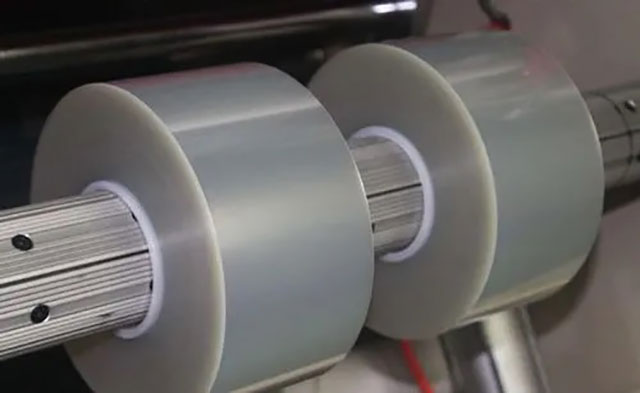
Second, the key debugging steps
1. Blade adjustment
• Blade Angle & Clearance:
◦ Circular knife slitting: The blade gap is usually 1.1~1.5 times of the film thickness, and the angle should be parallel to the film running direction.
◦ Straight knife slitting: Make sure the blade is vertical to avoid deflection and burr.
• Blade sharpness: Blunt knives need to be replaced in time, otherwise it is easy to draw or delamination.
2. Tension control
• Unwinding tension: The initial tension is set to 10%~20% of the tensile strength of the material, too large will cause tensile deformation, too small will loosen the wind.
• Rewinding tension: usually 5%~10% higher than unwinding tension to ensure tight winding without slippage.
• Segmented tension: If the equipment has multi-level tension control, it needs to be fine-tuned step by step to avoid the film jitter caused by sudden changes.
3. Guiding System (EPC) calibration
• Adjust the position of the photoelectric sensor to ensure it is aligned with the edge of the film.
• Test the speed of the guiding response to avoid over-correction leading to "jagged edges".
4. Slitting speed optimization
• Start slitting from low speed (e.g. 50m/min) and gradually increase speed to observe the slitting quality.
• When slitting at high speed, the tension needs to be increased synchronously, and the film should be checked for misalignment or jitter.
5. Adjust the uniformity of winding
• When using pressure rollers or contact winding, adjust the pressure uniformity to avoid "cabbage rolls" or uneven end faces.
• Check the parallelism between the winding shaft and the film, and the deviation should be controlled within ±0.1mm.

3. Common problems and optimization measures
1111
Fourth, advanced optimization skills
1. Dynamic Tension Control:
◦ Uses a closed-loop tension control system to automatically adjust the tension according to changes in the coil diameter (taper tension control).
2. Temperature Control:
◦ For PE/PP and other heat-sensitive materials, control the slitting ambient temperature (20~25°C is appropriate) to avoid thermal deformation.
3. Vibration Suppression:
◦ When slitting at high speed, install shock absorber or adjust the foundation of the equipment to reduce the impact of mechanical vibration.
4. Data Logging and Analysis:
◦ Record the parameters and slitting effect of each commissioning, and establish a process database to facilitate subsequent optimization.
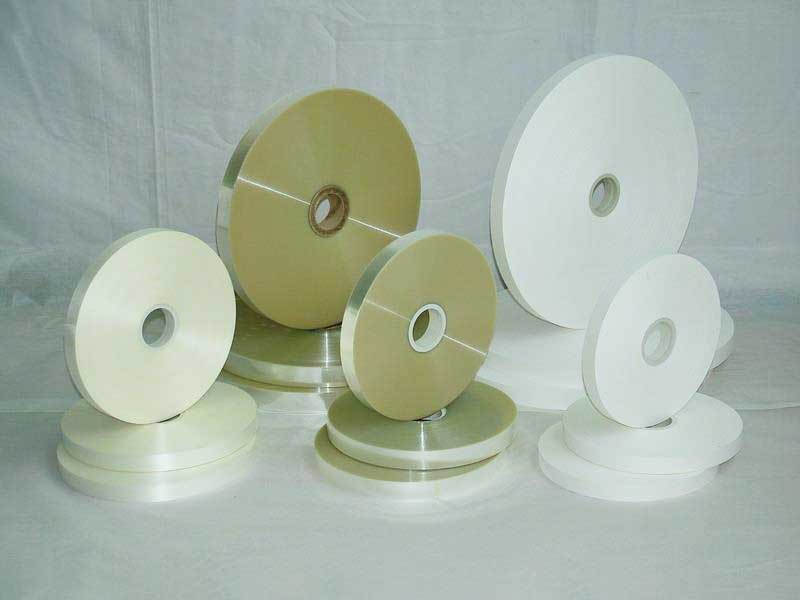
5. Safety precautions
• It is strictly forbidden to operate the rotating parts with gloves during commissioning.
• Blade replacement requires shutdown and lock-in power supply.
• High tension may cause film breakage and splashing, and a protective mask should be worn.
Through the system debugging and continuous optimization of the above steps, the accuracy, efficiency and yield of film slitting can be significantly improved. It is advisable to maintain the equipment regularly and flexibly adjust the process parameters according to the different material properties.
Recent Post
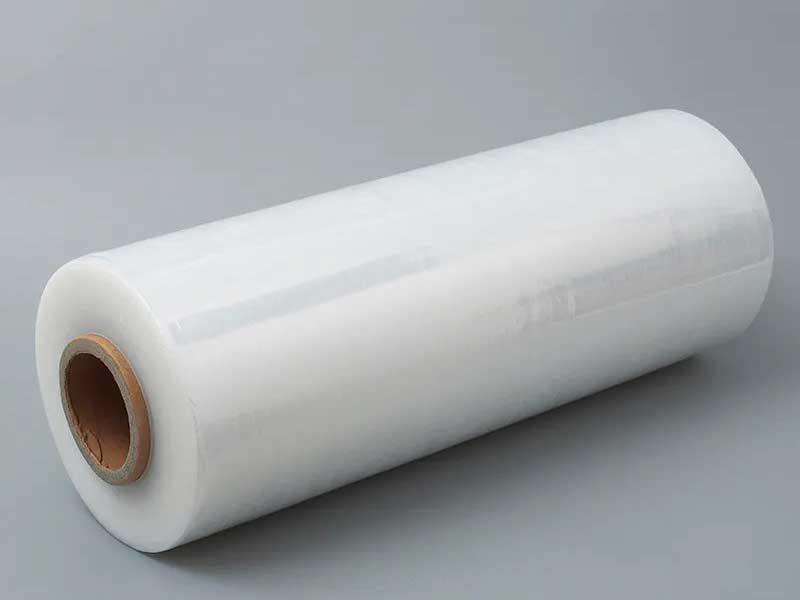 The central role of slitting machines in the production of PE, PP, PET films22. April, 2025
The central role of slitting machines in the production of PE, PP, PET films22. April, 2025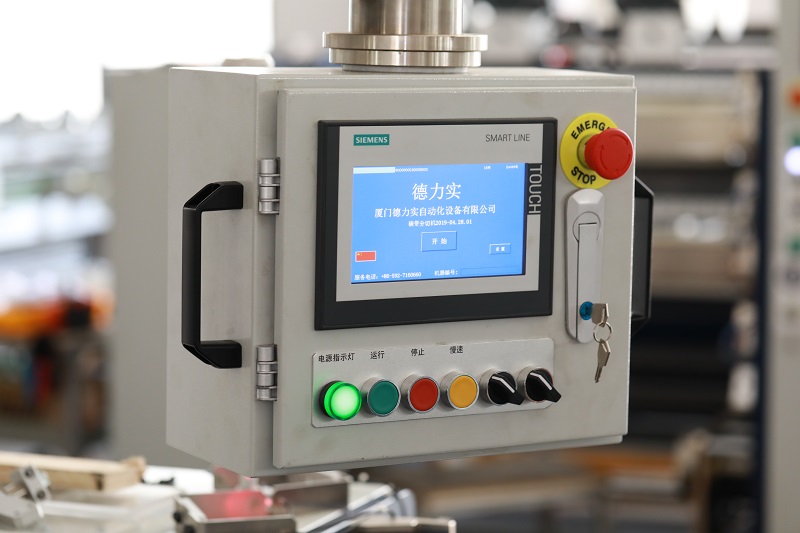 The era of intelligent slitting: how to simplify the operation of PLC control + man-machine interface?21. April, 2025
The era of intelligent slitting: how to simplify the operation of PLC control + man-machine interface?21. April, 2025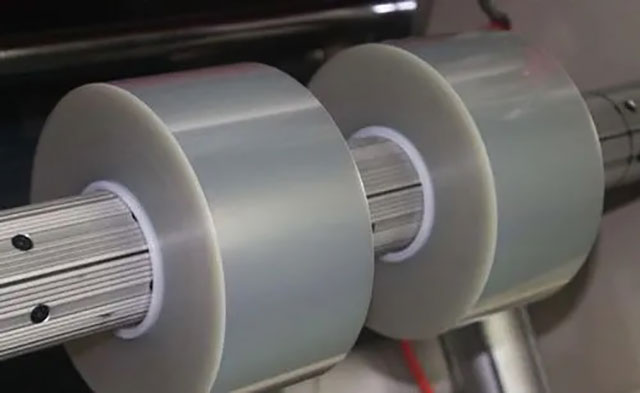 How can film slitting machine improve production efficiency? One-button operation + high-speed slitting17. April, 2025
How can film slitting machine improve production efficiency? One-button operation + high-speed slitting17. April, 2025 Ultra-thin films, composite films, metal films – the wide applicability of film slitting machines16. April, 2025
Ultra-thin films, composite films, metal films – the wide applicability of film slitting machines16. April, 2025
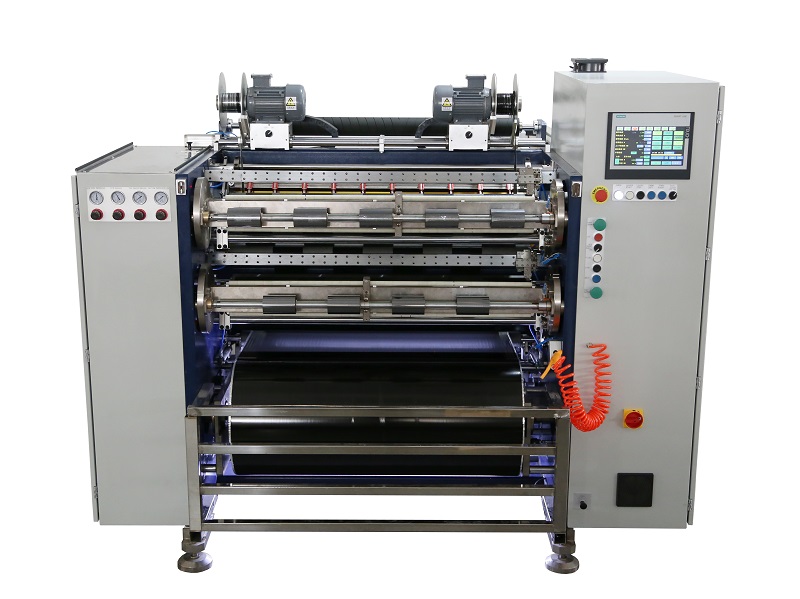 Fully Automatic TTR Slitter RSDS8 Plus
Fully Automatic TTR Slitter RSDS8 Plus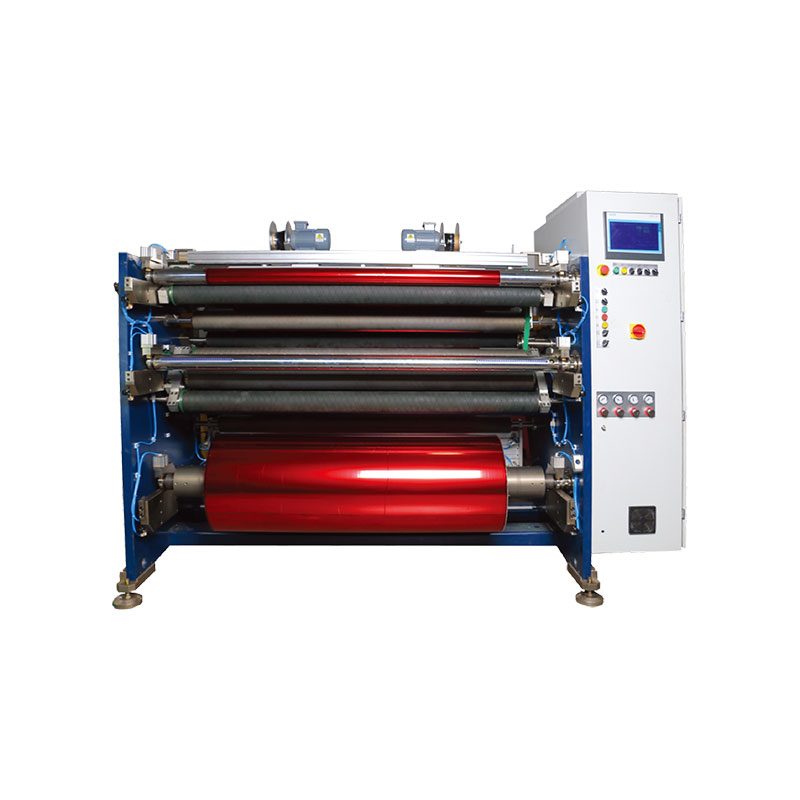 Hot Stamping Foil Slitter 1600mm
Hot Stamping Foil Slitter 1600mm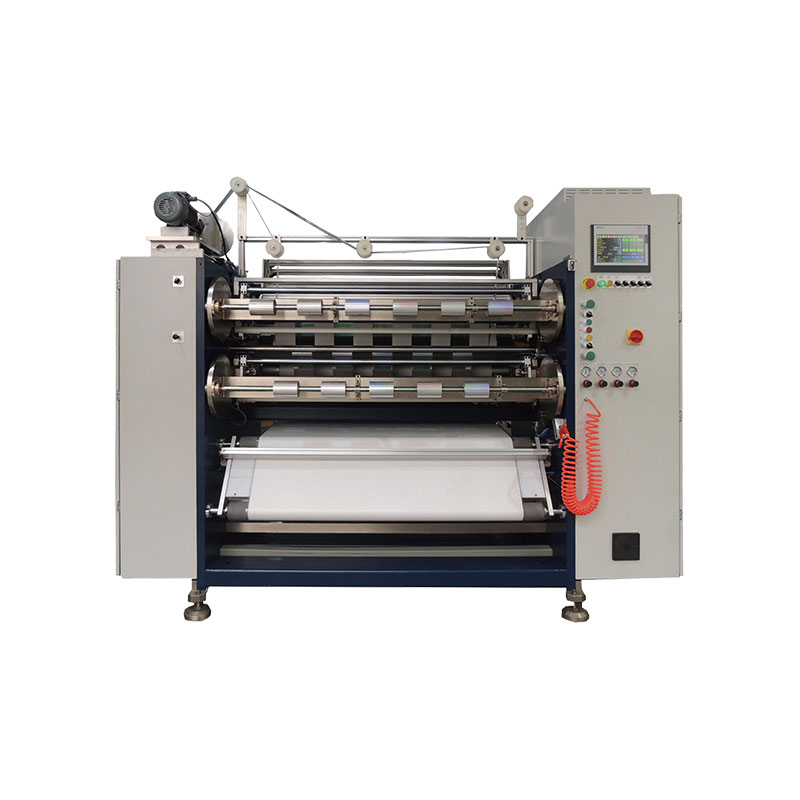 Hot Stamping Foil Slitter (4 Shafts)
Hot Stamping Foil Slitter (4 Shafts)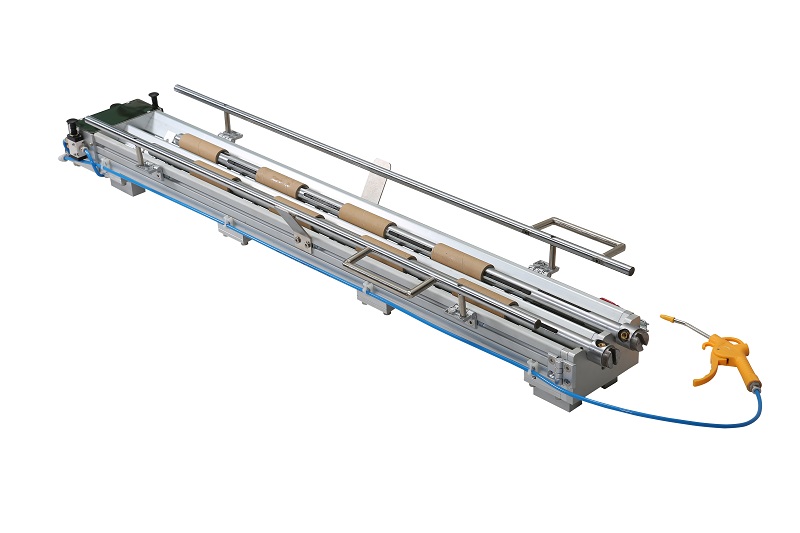 Paper Core Loading Machine
Paper Core Loading Machine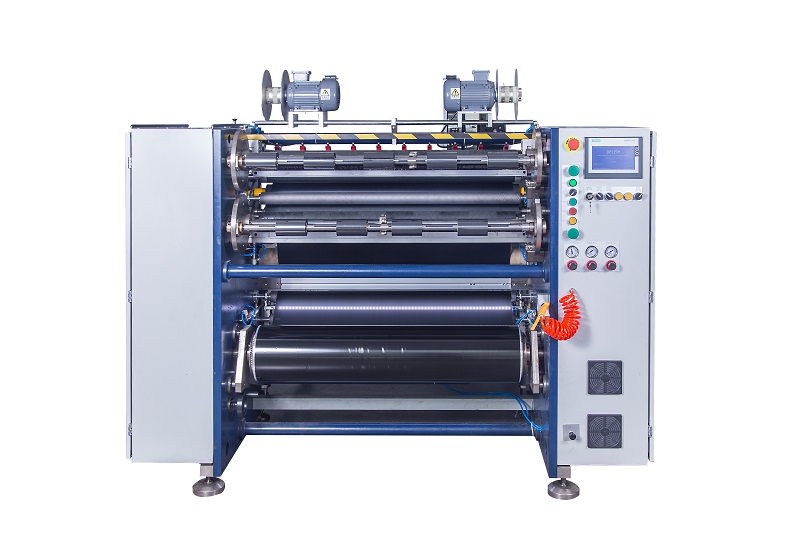 Semi-Auto TTR Slitter RSDS2 Plus
Semi-Auto TTR Slitter RSDS2 Plus Semi Automatic TTR Slitter RSDS5 Plus
Semi Automatic TTR Slitter RSDS5 Plus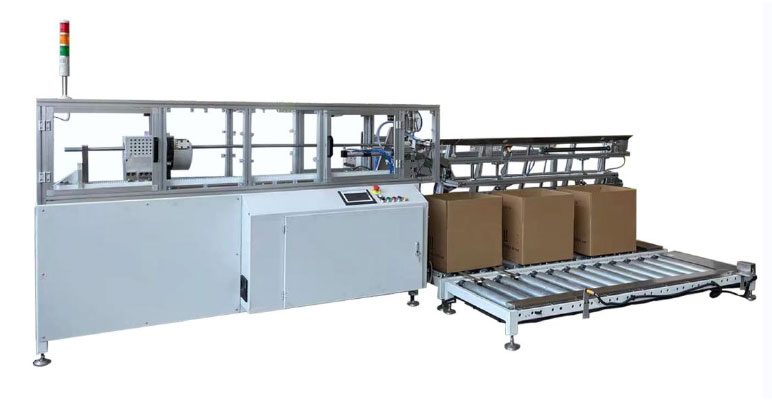 Auto Paper Core Cutter
Auto Paper Core Cutter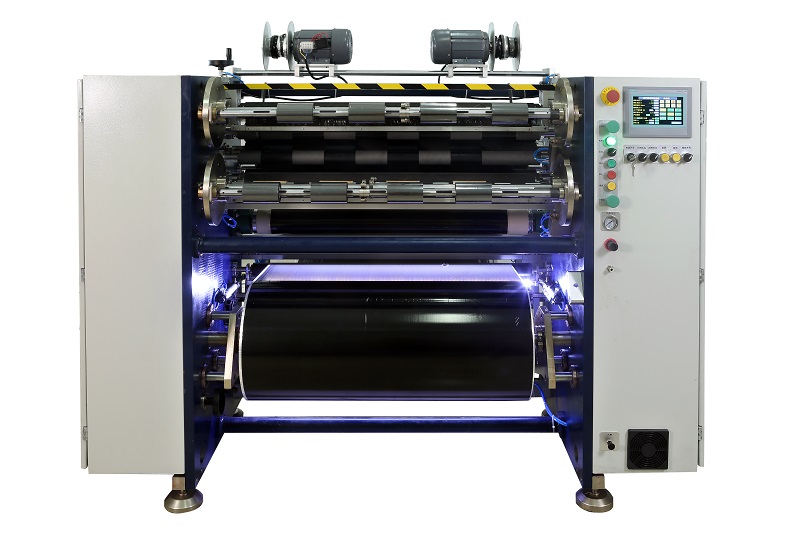 Manual TTR Slitter RSDS2
Manual TTR Slitter RSDS2





